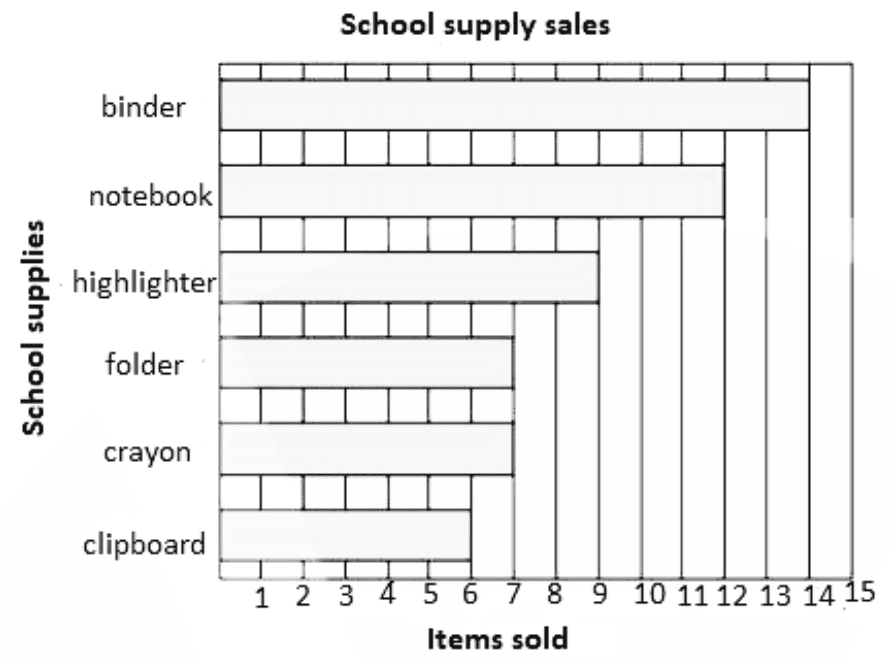Data Handling Class 8 important questions with answers PDF download
FAQs on CBSE Important Questions for Class 8 Maths Data Handling - 2025-26
1. What are the benefits of solving important questions for CBSE Class 8 Maths, Chapter 4 (Data Handling)?
Solving a curated list of important questions for Data Handling helps students to:
- Focus on exam-oriented topics that are frequently asked in CBSE exams.
- Understand the marking scheme and the types of questions to expect, from 1-mark MCQs to 5-mark problems.
- Practise HOTS (Higher Order Thinking Skills) questions that test deep conceptual understanding.
- Improve speed and accuracy for the 2025-26 final examination pattern.
2. Which topics in Class 8 Maths Chapter 4, Data Handling, are most important for the 2025-26 exams?
For the 2025-26 session, the most important topics from which questions are frequently asked are:
- Constructing and interpreting Histograms for grouped data.
- Creating and analysing Pie Charts, which includes the calculation of central angles.
- Solving problems based on Chance and Probability, focusing on outcomes and events.
- Organising raw data into a grouped frequency distribution table.
3. What is the main difference between a bar graph and a histogram, a common point of confusion in exams?
The key difference, which is often tested, is that a bar graph is used to compare discrete categories, and therefore has gaps between the bars. In contrast, a histogram is used to represent data in continuous class intervals, and crucially, has no gaps between the bars to show the continuous nature of the data.
4. What types of important questions can be expected from the 'Pie Chart' section in an exam?
Questions on Pie Charts typically come in two forms. First, you might be asked to interpret a given pie chart to find the value or fraction of a specific category. Second, and more common for higher marks, you will be given raw data and asked to construct a complete pie chart. This requires showing calculations for the central angle (Fraction × 360°) for each category before drawing it accurately.
5. How are important questions on 'Probability' designed to test concepts in the Class 8 exam?
Exam questions on Probability test more than just formula recall. You can expect problems that require you to:
- List all possible outcomes of a random experiment, such as tossing two coins or drawing a card from a deck.
- Calculate the probability of a specific event happening.
- Solve application-based questions where the probability must be determined from data given in a frequency table or another format.
6. What makes a question a 'HOTS' (Higher Order Thinking Skills) question in the Data Handling chapter?
A HOTS question in Data Handling requires applying multiple concepts or critical thinking, not just a single formula. For instance, instead of just asking for the probability of drawing a blue marble from a bag, a HOTS question might ask you to calculate how many red marbles must be added to the bag to change the probability of drawing a blue marble to a new, specified value like 1/3.
7. To get full marks on a 5-mark question to construct a histogram, what are the essential steps to show?
To secure full marks for constructing a histogram, you must clearly present these steps:
- Check if the class intervals are continuous. If they are discontinuous (e.g., 20-29, 30-39), you must first convert them into continuous intervals (e.g., 19.5-29.5, 29.5-39.5).
- Choose and mention an appropriate scale for both the x-axis (class intervals) and y-axis (frequency).
- Properly label both axes with their respective quantities (e.g., 'Marks' on x-axis, 'Number of Students' on y-axis).
- Draw the rectangular bars corresponding to the frequencies, ensuring there are no gaps between them.
8. Why is it so crucial to choose the correct class interval when organising data for a histogram?
Choosing the correct class interval is critical because it directly affects the story the data tells. A class interval that is too wide might over-simplify the data, hiding important peaks or variations. An interval that is too narrow can create a chaotic and confusing graph. The goal, which is a tested skill, is to select an interval that provides a clear and meaningful summary of the data's distribution.



















